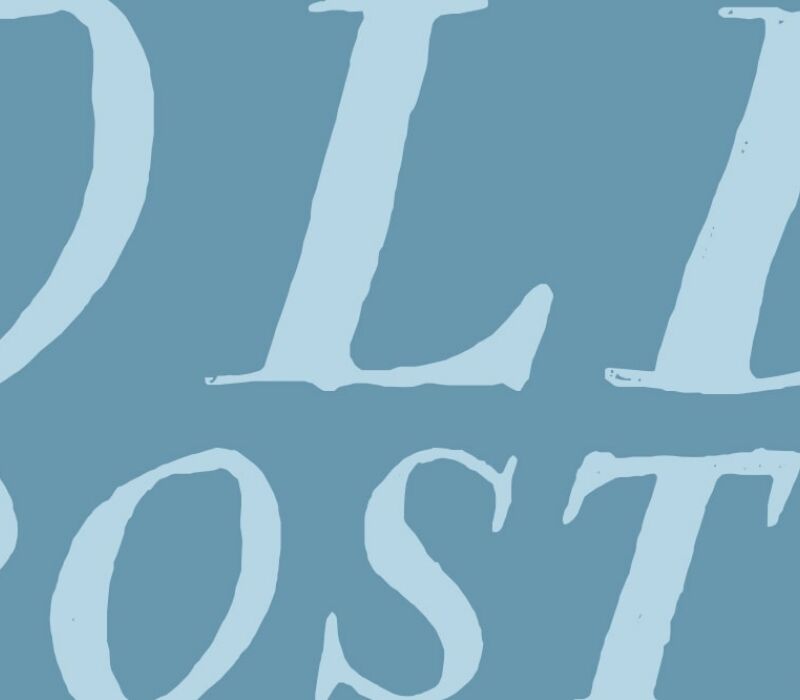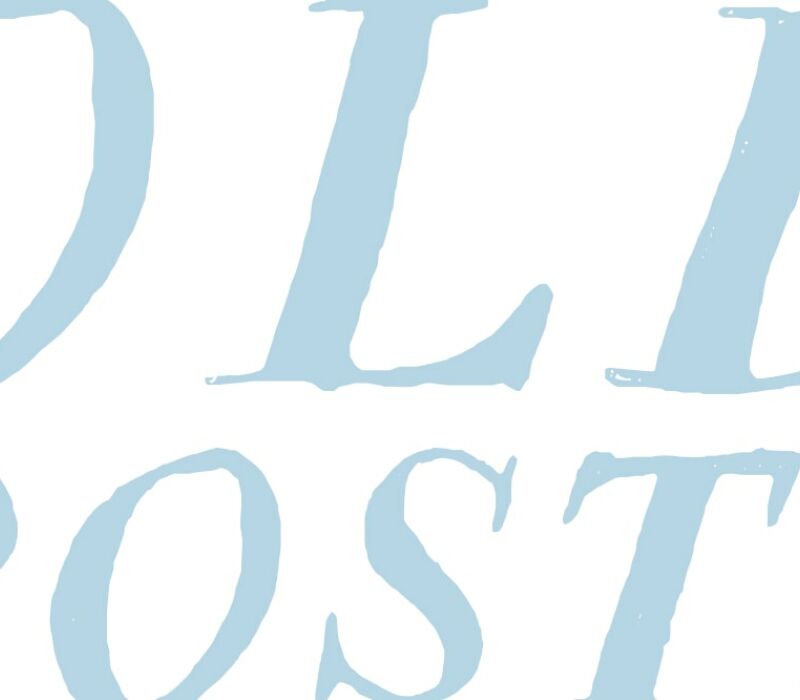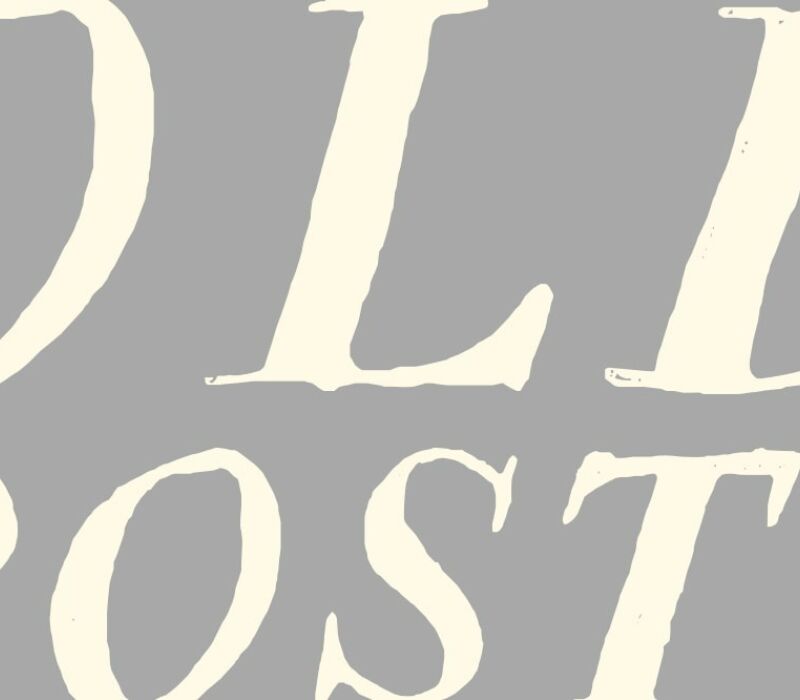
Lisa Fyfe: Fuss with it, fuss with it a little more, and then fuss with it some more...
WRITTEN BY: Philip Meissner
April 26th, 2012
I don't know much about being a parent. I have two kids, but I'm pretty clueless. I know a tad more about design. We all know that ideas can "just happen" in terms of the solutions we come up with, but there is also the execution aspect that takes time and ultimately this line of work isn't a 9-5 affair. So when I came across Lisa's work and then found her mommy blog, I was very impressed. As with my interview with Kimberly Glyder, I wanted to explore further. How is it that someone who is impossibly busy with their new found life of being the primary care-taker of their child's life, is able to continue to create compelling work and balance it all.
Designers are not normal people. Book cover designers even more so. We walk a fine line of being artists—with our little canvases to make the magic happen on—and the raw, and at times discouraging reality, that something HAS to sell. Hopefully. And that's a tall order. Lisa's work is diverse. Everything is unique with it's distinct flavor—yet very marketable. As AD at Henry Holt, she created some of the most wonderful covers I had seen in a long while. Her type play and mastery of the 6x9" canvas she works on resulted in instantly recognizable and memorable covers. As always, I ask designers I interview a slew of question, and I am glad they answer them because as much as we may be in the same field and share common experiences, the way we digest them and how we approach each design problem is very unique. That, coupled with the fact that she is a mother, is very exciting in terms of getting a glimpse at how careers in art and design do not die with parenthood, but rather thrive and sometimes allow us to explore new territory with our work and thought processes. Hope you dig.
What were some key moments in your youth that you would say pointed you in the direction of graphic design, and specifically book design?
Honestly, I never really knew about graphic design when I was young. I loved books and art for sure, but I never thought I would be a graphic designer.
Where did you complete your formal education?
I actually don’t have an art degree. I got my bachelor’s at NYU where I majored in marketing. I started my undergrad education at the tail end of the 80’s, and I was influenced by the whole Wall Street culture. I had no idea what working in business really meant. I had visions of me sitting in a big corner office, with huge glass windows attending “very important meetings” like in the movies. Let’s just say that studying business at NYU cured me of all of it. Business school was a wake-up call, and I was miserable. When I graduated, I made a deliberate decision to find a career that was creative, and would make me happy.
How did you get your start in publishing?
I moved back home to Miami after college and my first job was in the production department of a local magazine in South Beach (Ocean Drive Magazine). I got tons of experience laying out and designing ads and I learned a ton about magazine production and design. About a year later, I moved back to New York and got an assistant job under Raquel Jaramillo at Henry Holt.
Who were some of your mentors/design heroes?
Raquel Jaramillo was a big influence. She is a brilliant designer, writer, inventor, editor and mom to her two great kids. An amazing mother, and she simultaneously keeps creating amazing work over and over again. It is the balance she strikes in her life that fascinates me. I am in awe of her, really.
You were with Henry Holt and Company as AD for many years. What are some fond recollections and frustrating moments?
I loved being the Art Director at Henry Holt. I had a great team, and the people that I worked with were the best in the business. I am not saying that it was a job without frustrations. Making everyone happy is impossible. To know when to put your foot down vs. when to lose a battle was something I struggled with the most. Also, seeing great covers get rejected could be really heartbreaking, but it was my job to make sure that the final cover was just as effective as the rejected ones. Sometimes, those things kept me up at night.
Did you ever have those moments where things would just not gel and you needed to quickly find another designer?
I always preferred that the designer who started a job would finish it. It's a shame if a designer works hard on tons of comps for a job just to have it passed on to someone else. With that said, sometimes it takes a new designer with a fresh perspective to land the right cover. So yes, there were many times when the cover had to be passed on to another designer (including covers I was working on).
It seems like there is a backwards process in publishing where an AD, editors, and designers will work on something for some time, finally show it to the author (who may or may not like it) and then the author may or may not have the final say. Do you thrive on the whole process of being a middle person between editors, marketers, publishers, and a designer? Do you feel there are some fundamental publishing flaws in regards to the design process?
In a perfect world, the art director would be in complete charge of the book’s final cover and would not have to answer to anyone to get it approved. But, this is just not how it works. When you have the author’s grandmother’s neighbor weighing in on a design, it can get pretty counter-productive. In my experience, the less opinions involved always resulted in the best designs. BUT the fact is, there is a long list of people who do need to come together to publish a book (from the author, to Barnes and Noble), and realistically, they all have a say. I think producing great covers in spite of all of the parameters and opinions is the biggest problem to solve, and a major part of the job as art director.
There are a number of publishers who explore online cover critiques where they have registered users tell them which covers seem to work best—sort of a virtual focus group. How do you feel about that?
I am very thankful that at Holt they never resorted to the online cover critiques you mentioned. Honestly, that would have been hell.
OK. Here is the big question…I'm constantly fascinated by designers-turned-mother/designers. There are many women out there doing brilliant work in book design. Some throw in the towel, so to speak, and focus on being a mama while others do the balancing act and somehow maintain a freelance practice or in-house position. It's a big shift. I imagine your world has shifted now that you have a little one. Do you ever have moments where you just can't get an idea on paper because of maternal obligations and how does that frustrate you as an artist/designer?
For instance, this interview! I was surprised how hard it was for me to have a quiet moment to sit and collect my thoughts. When Rowan was first born, I have hilarious memories of me sitting on the couch, laptop balanced on one side while nursing Rowan on the other. I remember having one very patient client who just got used to talking to me with a babbling/crying baby in the background. Ironically, we were working on a book called Mom Energy. This has all been a real adjustment for me. Even when I have help, my mind is still scattered. I don’t remember the last time I just had a long stretch of concentrated time with a project, or anything for that matter. You become an expert in the art of multitasking. I am this new person now and my biggest challenge is figuring out where everything fits. I am certainly not throwing in the towel BUT my life now looks completely different from the one I had before Rowan, and that is a good thing.
Has becoming a mother affected your output in terms of how much you are willing to take on and what type of work you are willing to work on?
YES. I have to be very protective of my time and energy. My spare time is so precious to me now, so I really have to make sure it is well spent. My life has become much more of a balancing act than it was before.
How has motherhood affected your creativity?
I will say, having a baby has been pretty inspiring. I have tons of ideas that pop up when I am spending time with Rowan. I think that is why you see a lot of mom inventors out there. There are many problems to solve when you are busy taking care of a little one.
Do you have a regular work schedule that you try to keep, or do you find you must squeeze in what you can, when you can?
HA! A regular work schedule is so foreign to me now. My time is not my own anymore, so I just squeeze things in whenever they fit. I would like to have more of a schedule.
How does your mind work? Do you find that you’re always thinking about your work, or do you simply sit down when you’re ready to begin and let the magic unfold?
When I am working on a project, I think I always have it in the back of my mind. Inspiration and ideas show up in unexpected places. Some of my best ideas have occurred during my down time rather than when I am sitting staring at the computer. I think it is really important and also really challenging to take time away from a project while you are in the middle of working on it.
Some designers really take a while to come up with an idea, finesse it, mull over it, and then finally present it for review. Do you have a clear process, or is it different for every job?
I don’t have a clear process, but I do work best when I can come up with an idea , sketch it out, then come back to it later. I definitely work best when I have time to mull over a project and fuss with it, fuss with it a little more, and then fuss with it some more. I really do think that is when I come up with my best work.
On average, about how many comps do you end up presenting to a client?
The number of comps can vary dramatically! I usually start with about 3-5, but that number can increase quite rapidly.


